about Kanda Myoujin and Taira no Masakado:
http://ichinen-fourseasonsinjapan.blogspot.jp/2010/06/sanno-matsuri-festival.html
The Kanda Festival was cancelled due to the Great East Japan Earthquake in 2011, so this is its first holding in four years.
Kanda Myoujin Festival website:
http://www.kandamyoujin.or.jp/kandamatsuri/ (Japanese version only)
From 8:30 a.m. on May 12, this festival will be broadcast live at http://kanda-ch.blog.ocn.ne.jp/ (Japanese version only)
Three deities are enshrined in the shrine.
Its first deity is Onamuchi no Mikoto(大己貴命) who is the deity of marriage. He is also known as Okuninushi no Mikoto(大国主命) or Daikoku(大黒). Kanda Shrine was founded to honor him in 730.
Its second deity is Sukunahiko no Mikoto(少彦名命) who brings good fortune, success in business. He is also known as Ebisu(恵比寿).
Its third deity is Taira no Masakado no Mikoto(平将門,?–940).
Although Masakado was enshrined in the shrine in 1309, the shrine stopped to worship his spirit in the Meiji Period because he was an enemy of the court. The divided deity Sukunahiko no Mikoto was transferred from an shrine in Ibaraki Prefecture to Kanda Shrine in 1869. Masakado was enshrined in the shrine again in 1984.
They are affectionately called 'Daikoku-sama', 'Ebisu-sama', 'Masakado-sama'.
Horen(鳳輦) is a wheeled portable shrine ornamented on top with a miniature of a Chinese phoenix. Mikoshi(神輿) is a divine palanquin.
Horen for Onamuchi no Mikoto
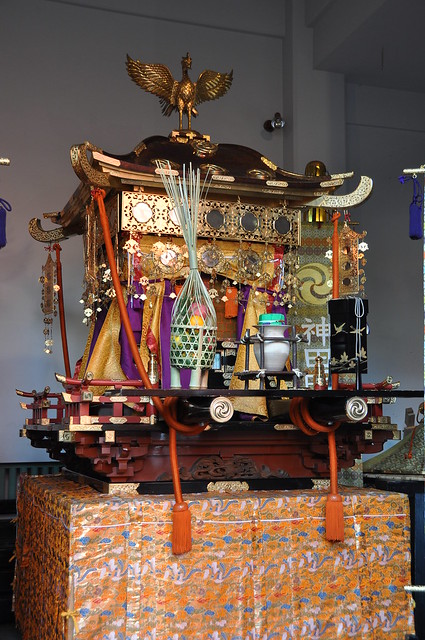 |
| DSC_0247 by Marufish /flickr |
Mikoshi for Sukunahiko no Mikoto
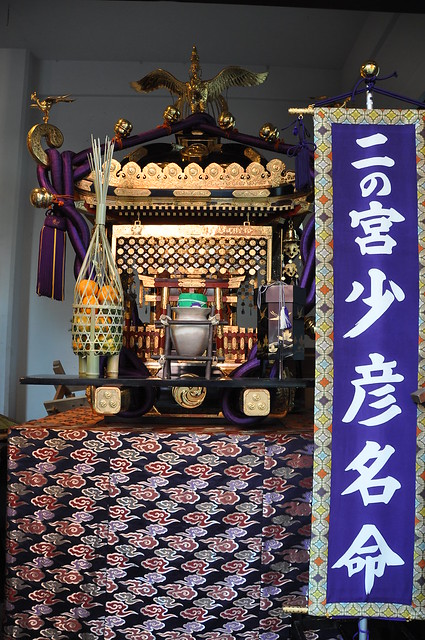 |
| DSC_0233 by Marufish /flickr |
Horen for Taira no Masakado no Mikoto
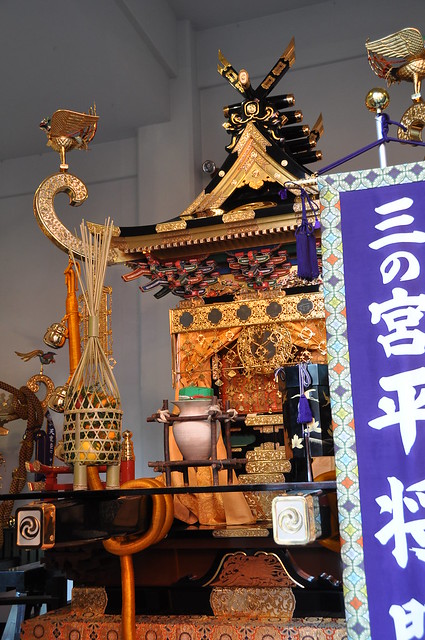 |
| DSC_0248 by Marufish /flickr |
In the evening of May 9, the spirits of the three deities were transferred to mikoshi and horen at the shrine.
Each town of shrine parishioners has a mikoshi.
In the evening of May 10, the deities' spirits were transferred to mikoshi at Okariya(the place where a deity takes a rest) or Miki-sho(a station where the sacred sake is dedicated to deity) in the towns of shrine parishioners.
On May 11, the procession including the three deities' mikoshi and horen started from the shrine around 8 a.m. after Shinto rituals and passed through the towns of shrine parishioners. On the way, Shinto rituals took place at Masakado-zuka, the site where there was once an okariya.
lion head
 |
| DSC_0462 by Marufish /flickr |
Around 4:30 p.m., Tsuke-matsuri joined the procession in front of Mitsukoshi's flagship store in Nihonbashi.
Around 7 p.m., the large procession returned to the shrine, and five mikoshi were carried into the precincts of Kanda Shrine.
Tsuke-matsuri(附け祭) is a boisterous parade featuring floats, dancers, people dressed in costume.
The parade includes a warrior procession of Soma Nomaoi this year.
about Soma Nomaoi:
http://ichinen-fourseasonsinjapan.blogspot.jp/2011/07/soma-nomaoi.html
Tsuke-matsuri starts from Arima Elementary School at 3:00 p.m.
Oeyama-gaijin(大江山凱陣)
This float was the main feature of the parade in the Edo Period. The parade features newly-reconstructed one. Three legends pertaining to oni(ogre) extermination in Mt. Oe(大江山, Oeyama) have been passed on.
Oeyama-gaijin
 |
| KANDA MATSURI @NIHON-BASHI by DORONKO /flickr |
Oeyama-gaijin, the head of oni
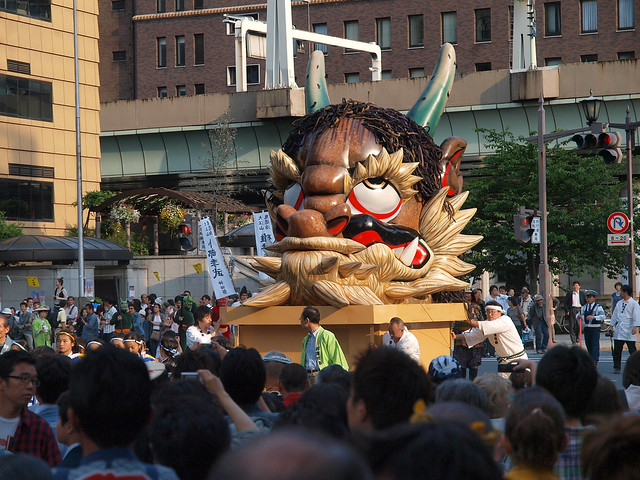 |
| KANDA MATSURI @NIHON-BASHI by DORONKO /flickr |
Kaname-ishi(要石, sacred stone) on big catfish
This float was popular in the Edo Period. There was the popular superstition that earthquakes are caused by underground activities of a big catfish. The tradition that a deity seals in a big catfish with Kaname-ishi was widespread.
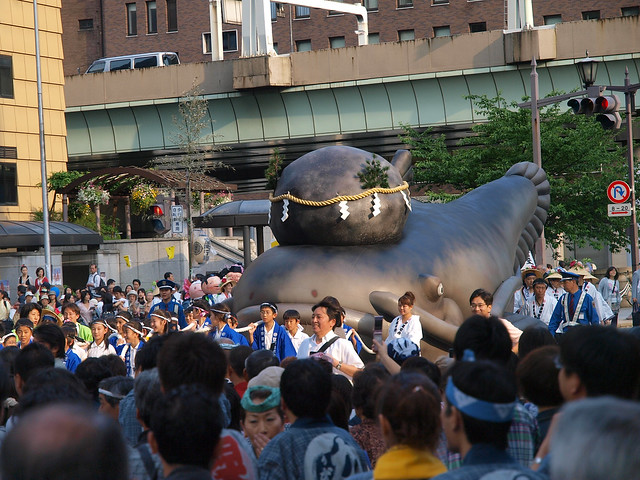 |
| KANDA MATSURI @NIHON-BASHI by DORONKO /flickr |
The float of Hanasaka-jiisan (The Old Man Who Made Flowers Blossom) appeared this year.
Tengu(天狗)
 |
| KANDA MATSURI @NIHON-BASHI by DORONKO /flickr |
elephant
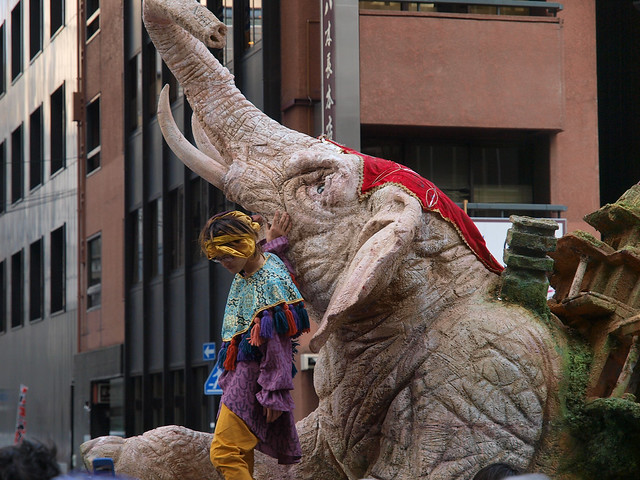 |
| KANDA MATSURI @NIHON-BASHI by DORONKO /flickr |
Masakado Daiko(Japanese drums)
 |
| Masakado-Daiko [ Kanda Maturi / Kanda Shrine ] by d'n'c /flickr |
Kamo Noningyo dashi(加茂能人形山車)
A doll on this float is a deity appearing in a noh play 'Kamo'. A float of the Edo Period has been reproduced.
 |
| 神田祭 by taken_spc /flickr |
On May 12, over 50 mikoshi will be carried into the precincts of the shrine.
 |
| DSC_0066 by Marufish /flickr |
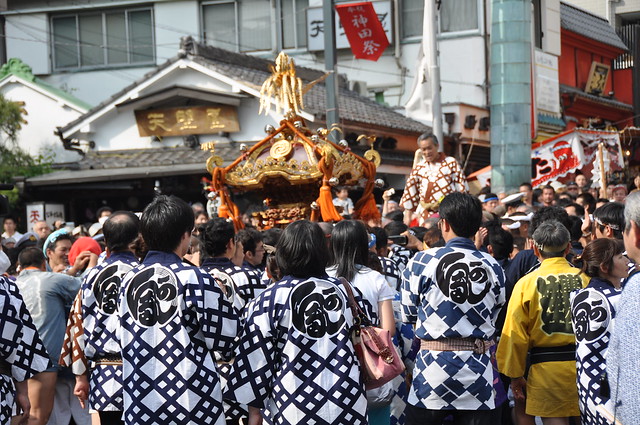 |
| DSC_0031 by Marufish /flickr |
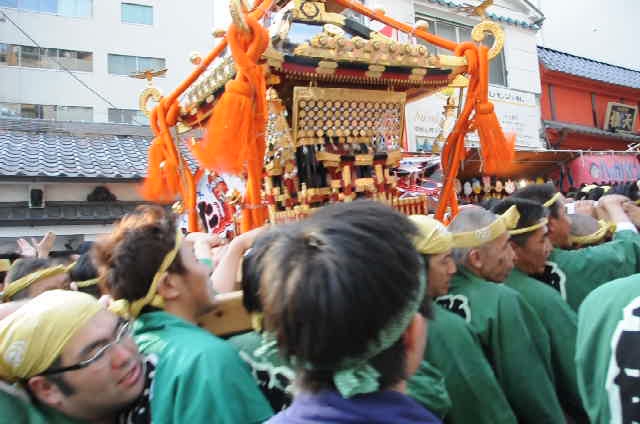 |
| DSC_0447 by Marufish /flickr |
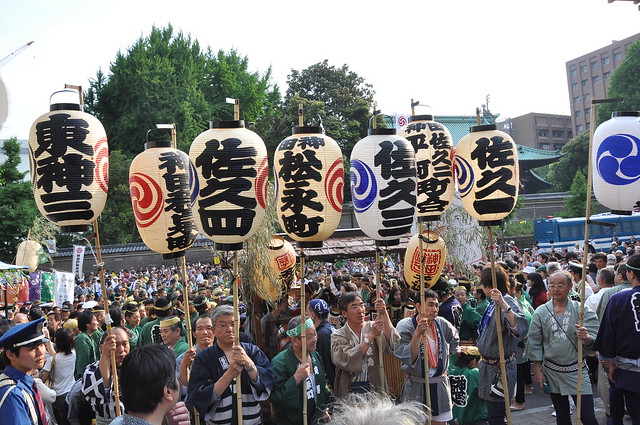 |
| DSC_0379 by Marufish /flickr |
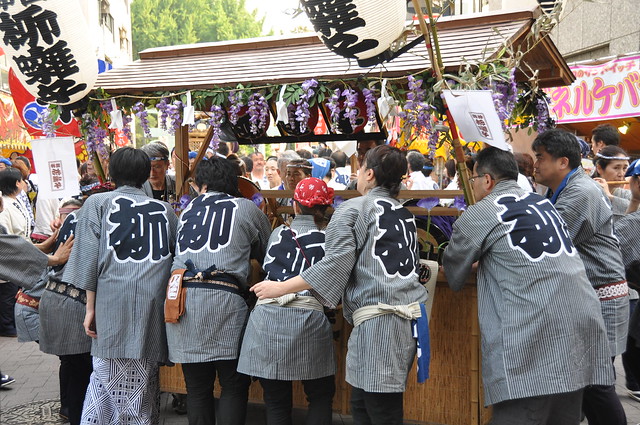 |
| DSC_0332 by Marufish /flickr |
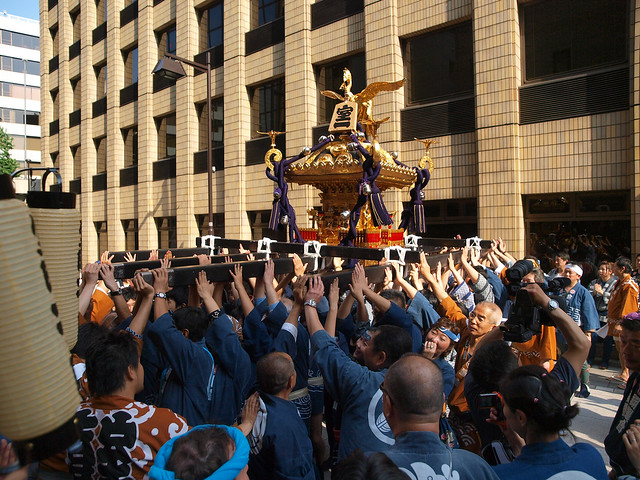 |
| KANDA MATSURI @NIHON-BASHI by DORONKO /flickr |
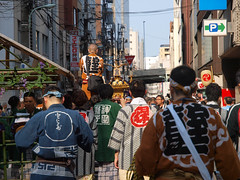 |
| KANDA MATSURI @NIHON-BASHI by DORONKO /flickr |
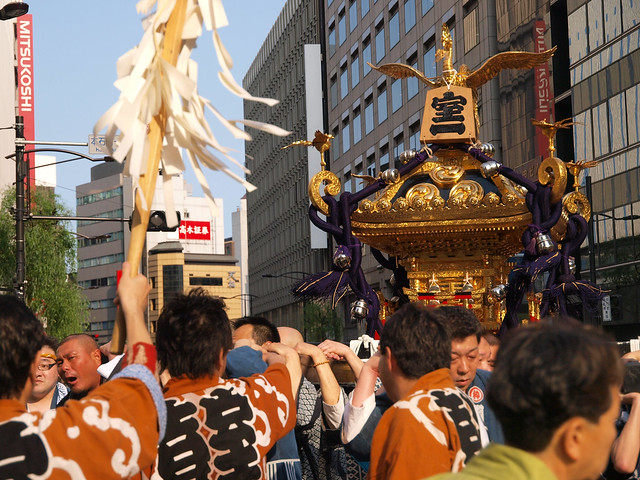 |
| KANDA MATSURI @NIHON-BASHI by DORONKO /flickr |
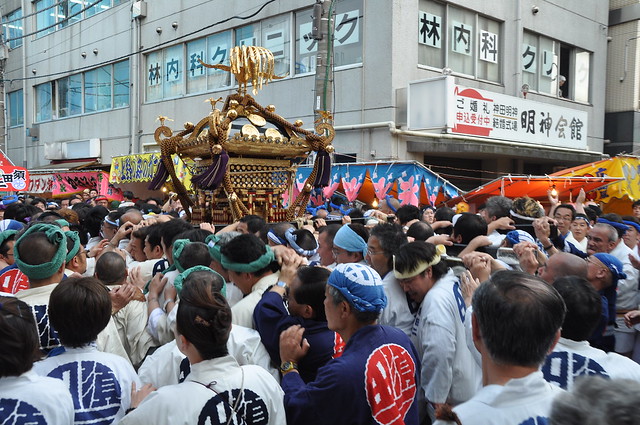 |
| DSC_0370 by Marufish /flickr |
 |
 |
| DSC_0495 by Marufish /flickr |
at the shrine
 |
| DSC_0296 by Marufish /flickr |
 |
| DSC_0170 by Marufish /flickr |
 |
| DSC_0303 by Marufish /flickr |
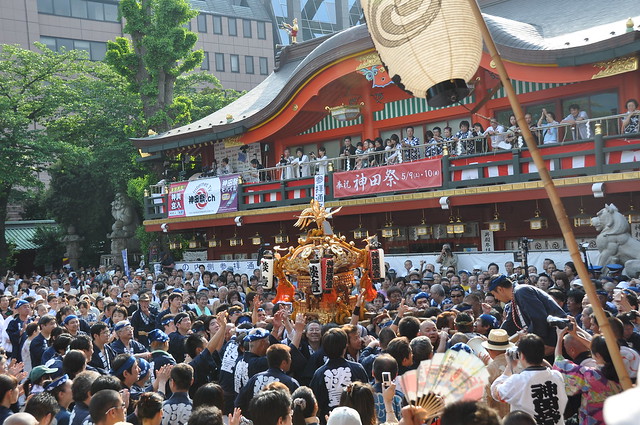 |
| DSC_0179 by Marufish /flickr |
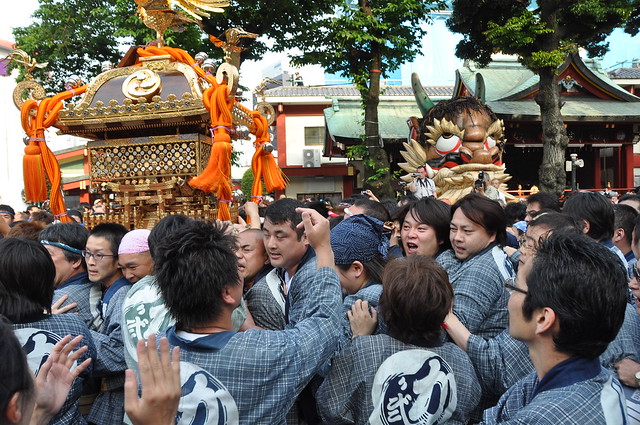 |
| DSC_0276 by Marufish /flickr |
 |
| DSC_0149 by Marufish /flickr |
 |
| DSC_0191 by Marufish /flickr |
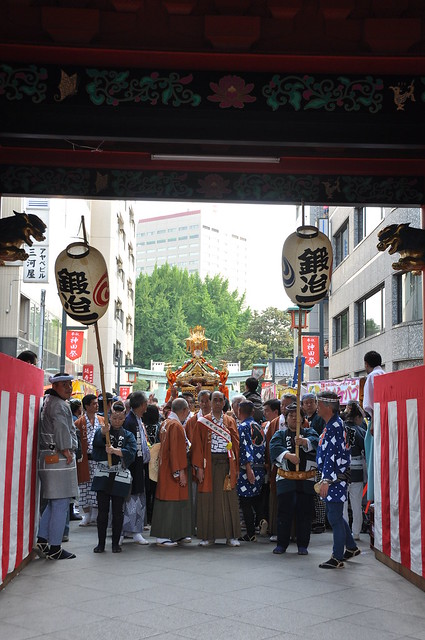 |
| DSC_0287 by Marufish /flickr |
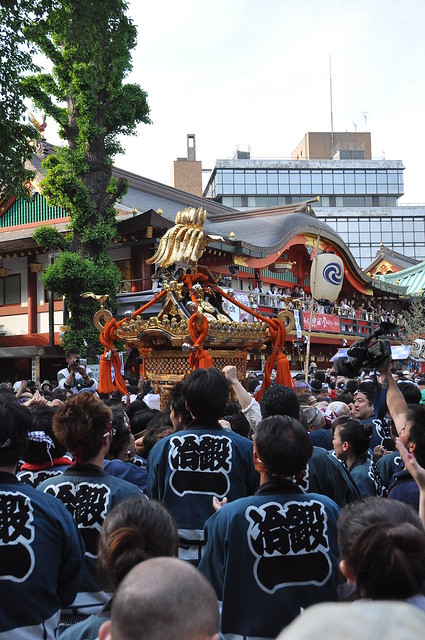 |
| DSC_0323 by Marufish /flickr |
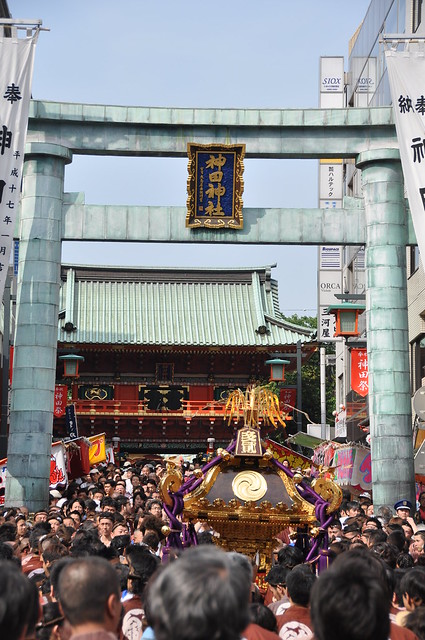 |
| DSC_0013 by Marufish /flickr |
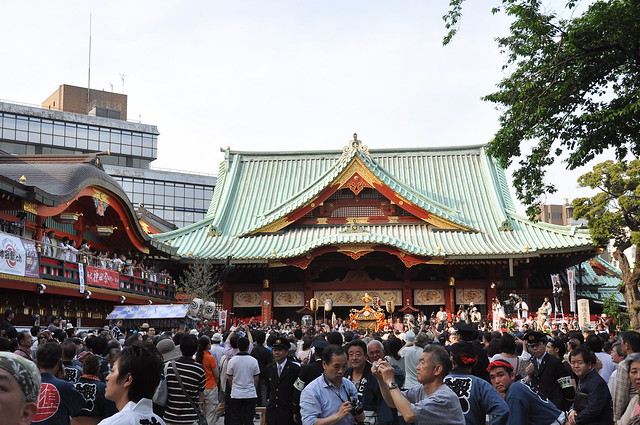 |
| DSC_0282 by Marufish /flickr |
On May 14, there will be a ceremony of Kencha (tea offering to deities), and a noh play will be performed at the shrine.
On May 15, the annual grand festival will be held. This ritual is most important to the shrine.
No comments:
Post a Comment